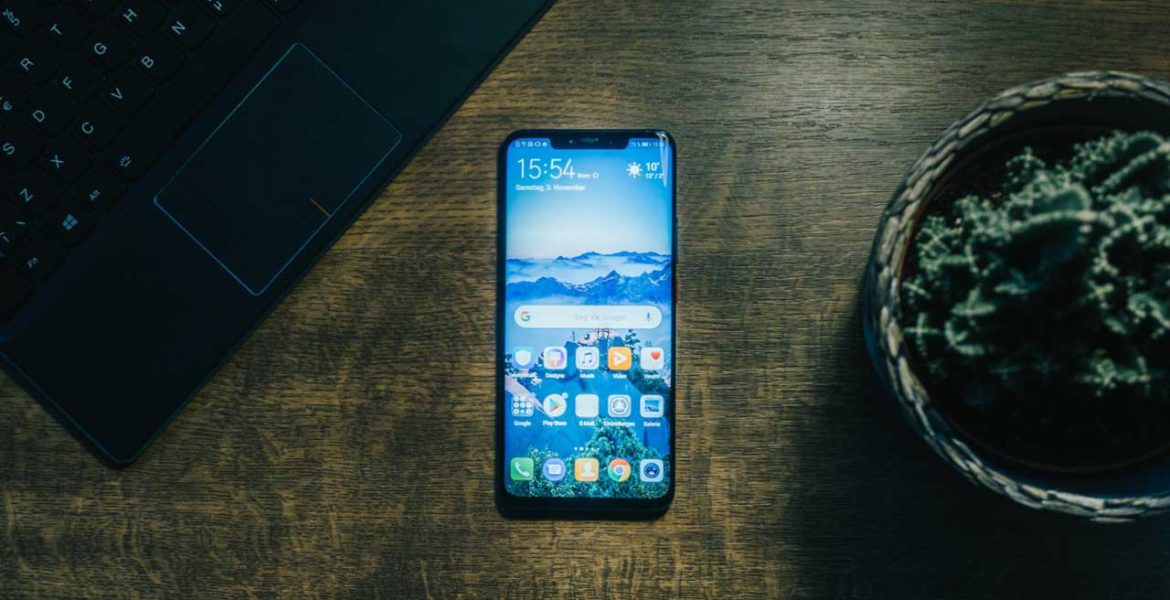Written By Rob Vellinga, Director of DCX Interactive at Capgemini in North America
Brands spend millions of dollars to define, design, develop and launch their mobile apps to stay connected to their customers. Consumers downloaded a jaw-dropping 204 billion apps from app stores in 2019, a rise of 6% from the previous year. In today’s ultra-competitive digital landscape, the right app can mean the difference between gaining a customer that keeps coming back for more and one that heads to the nearest competitor.
But what happens if a brand’s app is suddenly no longer top of mind because it has “gone to sleep” or has been offloaded from the user’s device? This is exactly what is happening due to auto offloading — that is, when apps are automatically removed from a mobile phone due to a combination of factors. Apple rarely shares the exact algorithm needed to understand the rationale of what gets removed or not, but our observations point largely to the inactivity of an app.
Apple introduced its Offload Unused Apps feature with iOS 11 to help users with limited iPhone storage. Since iOS 13, however, the feature has been enabled automatically by default, signaling a concerted push behavior on iPhones meant to help the average user more easily manage their phone. While any app and user data still remains on the device, the user now needs an extra step to re-engage with the app. Upon offloading, a “download from the cloud icon” replaces the original and the user has to download the app again. This sends a clear message: an unused app has limited value and should be removed.
The Offload Unused Apps feature creates a serious challenge for brands — they need to keep consumers consistently engaged with their apps in order to gain mindshare, boost long-term loyalty and keep the app installed. No longer is app development simply about the design process and launch or enjoying a high number of downloads. Now, the road to app success means continual curation and providing an engaging, enhanced and relevant experience that is connected to all of the other ways brands communicate with customers.
What can brands do to stay front-and-center on a customer’s screen? These are five important ways to reduce auto offloading, get users to re-engage with your app and boost loyalty:
- Entice users to proactively head to the app. Whether it is an email or phone notification that encourages users to head to the brand’s app for more information, or an invitation to use the app to scan a coupon, providing a proactive opportunity to interact with the app can help reinforce consumer engagement.
- Enable time-sensitive, in-app experiences. Offer something inherently valuable on your app, such as personalized offers, app-only promotions or a weekly release of coupons to attract an ongoing captive audience.
- Go for gamification. Gamification in all its forms, from Starbucks’ “star” rewards to Nike’s running app scores, creates recognition and stickiness that motivates users, awakens curiosity and provides a positive experience.
- Take loyalty to the next level. Brands with loyalty programs know that a personalized user experience, combined with actions that help users get to the next loyalty level, are must-haves for app stickiness. For example, at Sam’s Club customers can scan all of their items using the app and head straight to the exit. Some hospitality apps let users know how many points they have and what they need to do to get to the next level of reward or their app provides a mobile key to unlock their hotel room door.
- The power of proximity. While some proximity-driven notifications may be too close for comfort to drive consumer engagement, some may offer a positive, personalized way to connect. For example, a push notification from the Starbucks App letting a customer know that there is a location in the same shopping center where they may be currently in could be just the ticket to quench a shopper’s thirst.
These days, the commerce field of play is becoming more and more digital – and during the pandemic-driven shutdown, some industries went completely digital, including entertainment. Knowing how your customers are successfully engaging with you across all channels is critical to your brand’s success.
Companies that stick their heads in the sand and don’t continually reengage with their app audience will see lower visibility and prominence and will ultimately lose a seat at the shopper’s table. Brands must do all they can to understand the current user population of their mobile app and have the right interplay that holds onto mindshare.
This is particularly true for industries such as travel, which will remain on shutdown. Most users will remove their app if brands do not reengage. And even as other industries like retail open up their physical locations, many customers will still focus on their mobile device so brands need to stay top-of-mind. If brands play it right, apps will also play a larger part with communications as contactless becomes the new normal for customers.
Brands have to get used to this new era if they want to get the best return on their app investment. Auto offloading of apps is intended to improve user experience, but that means end-user engagement has shifted, at least on iOS. Essentially, brands have to make more of an effort to force an additional app connection with customers. A two-way, ongoing relationship must be nurtured and carefully maintained for long-term success.

